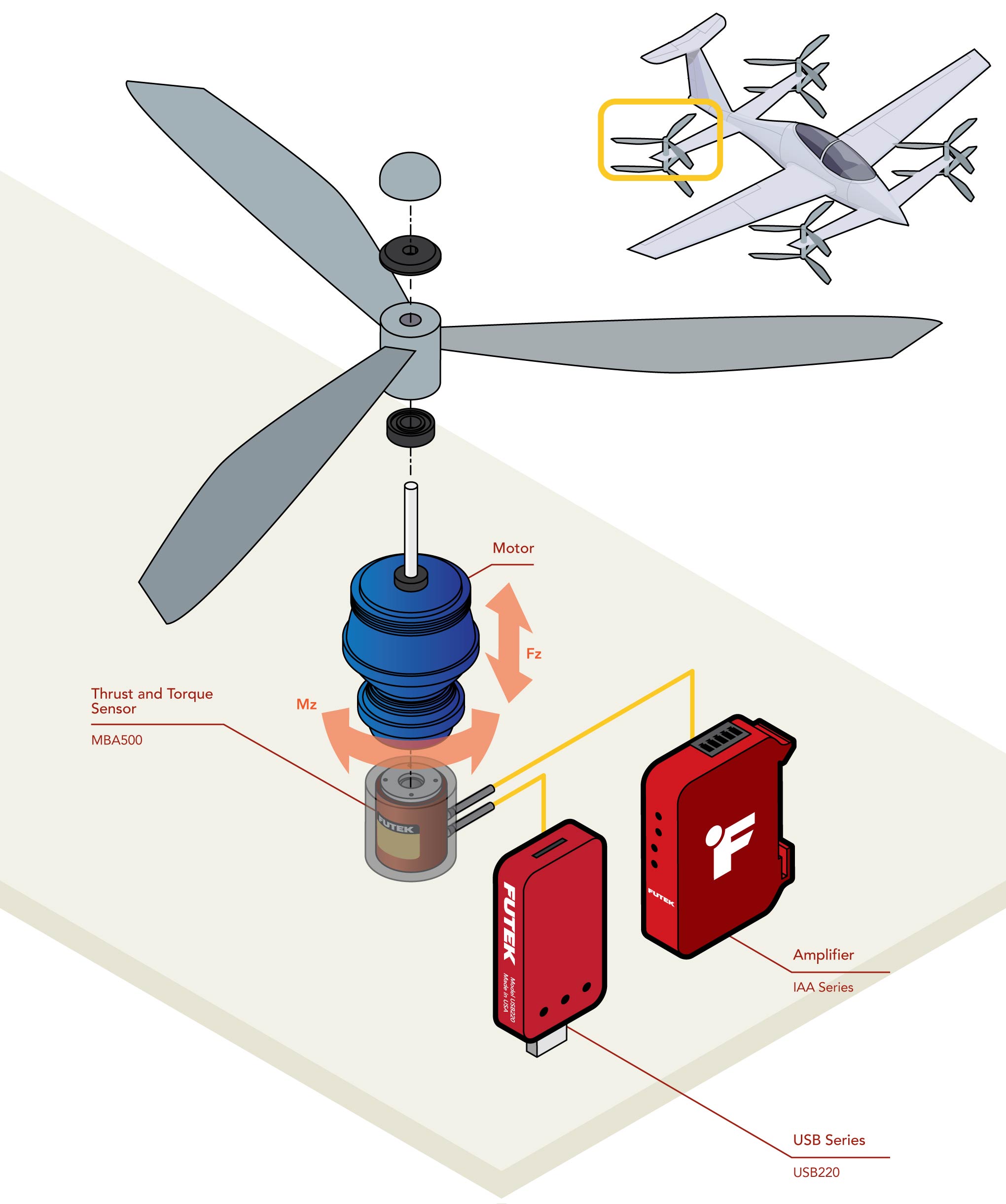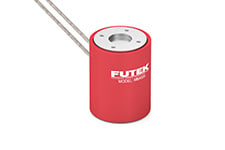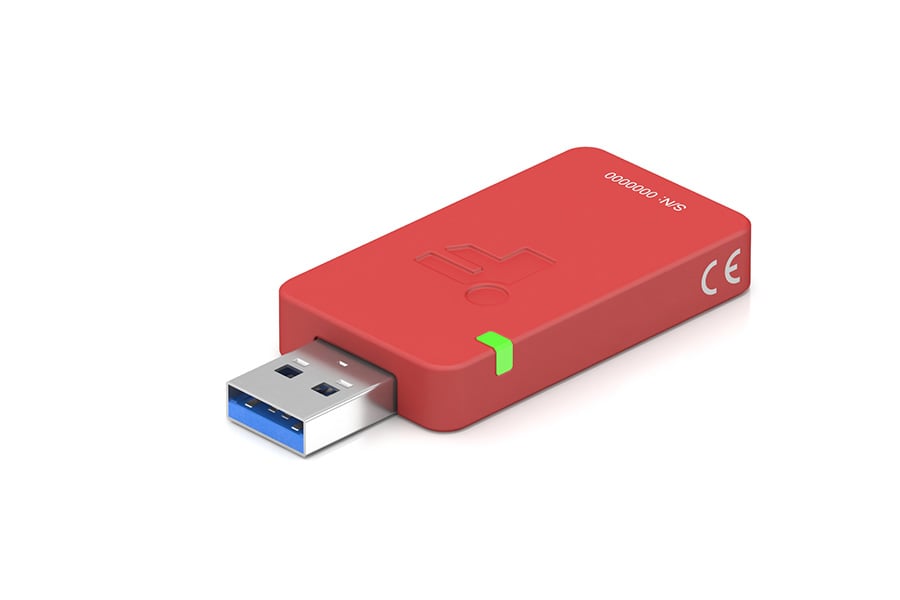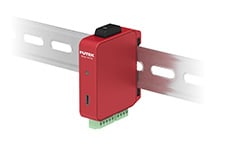Why Thrust measurement is crucial in VTOL aircraft
Propeller thrust measurement is particularly critical in the design and operation of Vertical Takeoff and Landing (VTOL) aircraft. These aircraft rely on the thrust generated by their propellers for lifting and control their vertical and horizontal movement.
In a VTOL or eVTOL (electrical VTOL) aircraft, the propellers must produce enough thrust to overcome the weight and generate lift for takeoff and landing. This requires accurate measurements of the propeller's thrust output to ensure that the aircraft is capable of safe and stable operation.
Furthermore, differently from regular helicopters, VTOL or e-VTOL aircraft often utilize multiple propellers, with each propeller contributing to the overall thrust produced by the aircraft but also interfering in the overall performance and stability of the aircraft. As such, measuring the thrust output of each propeller individually is key in maintaining the balance and stability of the aircraft during flight.
In addition to thrust, the ability to precisely measure the propeller shaft torque in a VTOL is also crucial for maintaining control of the aircraft. Torque measurement allows engineers to optimize the performance of the propellers when operating in conjunction and ensure that they are operating within safe and efficient parameters.
How to measure the thrust of a propeller
Thrust is a fundamental principle in the aerospace industry. This force is produced by the rotation of a VTOL propeller's blades, creating a flow of air that propels the aircraft forward.
To measure thrust, a load cell is mounted axially to the motor stand base to measure upward lift load over the range of propeller speeds. The load cell is then used to measure the force in Newtons (N) produced by the propeller in the axial direction, which is the direction of the propeller's axis of rotation.
How Multi-Axis Load Cells are Utilized for Propeller Thrust and Torque Measurement:
Bi-axis load cells are a valuable tool in measuring simultaneously the thrust and torque produced by a VTOL aircraft propeller. FUTEK MBA500 Thrust and Torque Sensor is capable of measuring axial load and torque, allowing for the capture of all axial forces and torques produced by the propeller.
The axial force, measured in Newtons (N), is the thrust produced by the propeller, while the torque, measured in Newton-meters (Nm), are the torque acting perpendicular to the axis of rotation.
How it Works
Mount the sensor: Sensor installation involves initial axial mounting of the bi-axial torque and thrust load cell to the motor's end, with the MBA500 accurately detecting the reaction torque (Mz) generated by the motor, without any discernible rotational interference affecting the sensor.
Run the propeller: Once the sensor is calibrated, the eVTOL propeller can be mounted onto the thrust stand and run at various RPMs to measure its thrust and torque output. The thrust of the propellers will be measured by the MBA500’s Fz channel, and the back-torque of the motor is measured by the Mz channel, all while maintaining low mechanical crosstalk.
Collect data: This multi-axial sensor, when used with a USB220, allows for a portable setup where a Aircraft / Test engineer can use a laptop to analyze the live data of a test both in an outdoor setting or in a more controlled, indoor environment.
Analyze the data: After testing is complete, the data collected by the bi-axial torque and thrust sensor can be analyzed to determine the propeller's efficiency and power output. This data can also be used to optimize the propeller's design for improved performance in specific applications.
Contact Us
Please Contact Us with questions.
Why Thrust measurement is crucial in VTOL aircraft
Propeller thrust measurement is particularly critical in the design and operation of Vertical Takeoff and Landing (VTOL) aircraft. These aircraft rely on the thrust generated by their propellers for lifting and control their vertical and horizontal movement.
In a VTOL or eVTOL (electrical VTOL) aircraft, the propellers must produce enough thrust to overcome the weight and generate lift for takeoff and landing. This requires accurate measurements of the propeller's thrust output to ensure that the aircraft is capable of safe and stable operation.
Furthermore, differently from regular helicopters, VTOL or e-VTOL aircraft often utilize multiple propellers, with each propeller contributing to the overall thrust produced by the aircraft but also interfering in the overall performance and stability of the aircraft. As such, measuring the thrust output of each propeller individually is key in maintaining the balance and stability of the aircraft during flight.
In addition to thrust, the ability to precisely measure the propeller shaft torque in a VTOL is also crucial for maintaining control of the aircraft. Torque measurement allows engineers to optimize the performance of the propellers when operating in conjunction and ensure that they are operating within safe and efficient parameters.
How to measure the thrust of a propeller
Thrust is a fundamental principle in the aerospace industry. This force is produced by the rotation of a VTOL propeller's blades, creating a flow of air that propels the aircraft forward.
To measure thrust, a load cell is mounted axially to the motor stand base to measure upward lift load over the range of propeller speeds. The load cell is then used to measure the force in Newtons (N) produced by the propeller in the axial direction, which is the direction of the propeller's axis of rotation.
How Multi-Axis Load Cells are Utilized for Propeller Thrust and Torque Measurement:
Bi-axis load cells are a valuable tool in measuring simultaneously the thrust and torque produced by a VTOL aircraft propeller. FUTEK MBA500 Thrust and Torque Sensor is capable of measuring axial load and torque, allowing for the capture of all axial forces and torques produced by the propeller.
The axial force, measured in Newtons (N), is the thrust produced by the propeller, while the torque, measured in Newton-meters (Nm), are the torque acting perpendicular to the axis of rotation.



